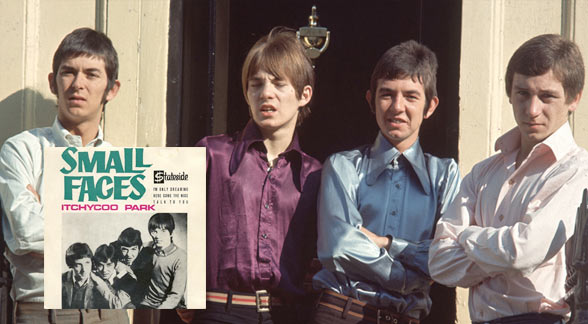Bring in the Effects…
Every recording or live performance needs to have some hall ambiance or reverberation to make it sound natural and full. You wouldn’t go to the beach and enjoy a symphony orchestra concert because the sound wouldn’t have the long reverberant tails that we count on. We sing in the shower because of the immediate feedback that our ears relish. Music sounds better in spaces where it can bounce off of hard surfaces.
As I was running along the Charles River in Boston a few weeks ago, I happened by the stage where the Boston Pops was about to give a concert. There was a band shell AND a complete array of speakers to amplify the sound AND I’m sure the engineers were going to add reverb to the mix.
In recordings made in live halls, the environment provides the ambiance. That’s part of the reason that I recorded last week’s jazz piano project in Zipper Hall. I’ve recorded almost all of my projects there. It has wonderfully natural acoustics that can be captured as an essential part of the overall sound. I put two B&K microphones near the back of the auditorium to get the “sound” of the reverberation.
Commercial recordings made in acoustically isolated and non-reverberant studios get their ambiance by using machines. When I started studying recording engineering, there weren’t any digital signal processors. You could simply dial up a reverb preset on a digital device and have wonderful reverberation, you had to have a “live” chamber or a spring reverb or a plate of some kind.
To accomplish other effect such as delay or “flanging”, an engineer had to be clever and use a secondary two-track mixdown analog tape deck. A vocal track, for example, would be split and a portion sent to a tape machine. The vocal track was recorded on a spare piece of tape and then immediately (or actually a split second later) played back from the playback head, which was located an inch or two further along the tape path. Then the delayed signal was routed back to another input on the console and the engineer could mix it in to blend as required. They could even send it back to the same track and get an “infinite” repeating delay.
Flanging was done by holding your thumb against one of the aluminum flanges on the top and bottom of a reel of tape while another tape machine played the same track without any speed variation. By varying the speed of one machine slightly, it causes the combined sound to have a “whooshing” sound that was popular back in the 60s (Think “Itchycoo Park” by The Small Faces). Engineers were always looking for new and interesting sounds for their records.
Then the SRV-2500 rolled around and for only $2000 you could get a decent reverb device from Roland. The Yamaha SPX-90 was another very popular multi effects device. The dawn of digital signal processing was upon us. I brought one of each.
Studios had to acquire racks full of “outboard gear” to augment the capabilities of their audio console. There were gates, compressors, harmonizers, reverb units, digital delay lines, pitch shifters, sub harmonic generator and many more.
As I teach in my recording course, there are basically three different categories that these processors fall into. There are amplitude machines (compressors, companders, gates, ducks, equalizers, limiters etc), time machines (samplers, DDLs, phase shifters etc) and frequency machines (pitch shifters, harmonizers etc).
Consoles didn’t do much beyond amplitude modification (faders, preamps) and equalization, so engineers used “outboard” equipment to alter or control the sounds on a track-by-track basis. That meant that you had to have multiple parametric equalizers or multiple DDLs to handle the demands. The better the studio…the better their selection of signal processing equipment. And the engineers had to learn to operate a lot of different pieces of equipment.
Things have changed. A young musician can do everything that a major studio can do “inside the box”. A well-equipment computer (even a laptop) can handle the entire multitrack recording, mixing AND signal processing without any patch cords (the short cables that engineers use to interconnect different pieces of equipment together)! And they can even produce all of the sounds of drums, keyboards, strings and most background vocals inside the same machine with hiring any real musicians.
Welcome the world of “plug-ins”. I’ll drill down further in tomorrows post.

